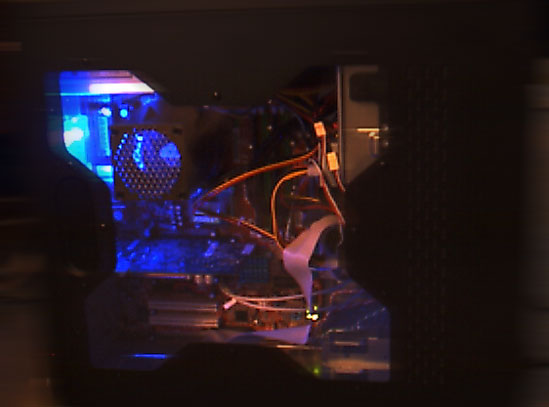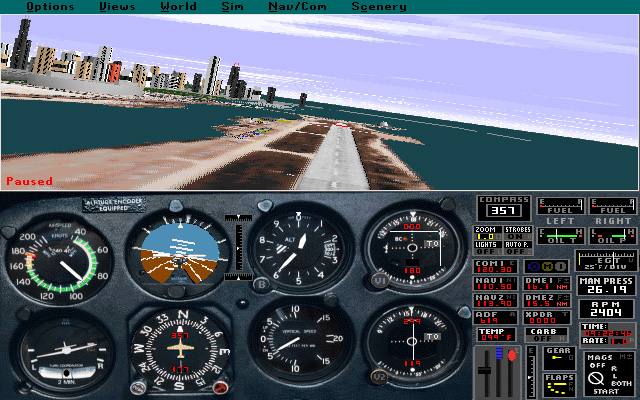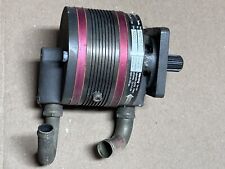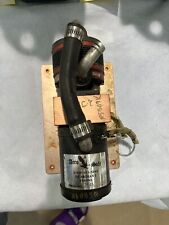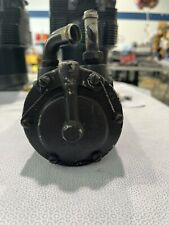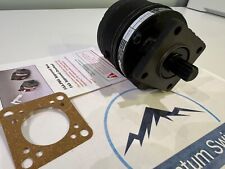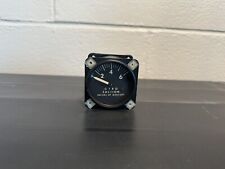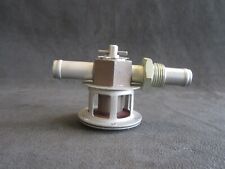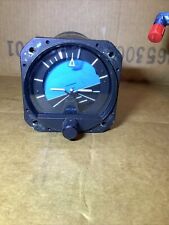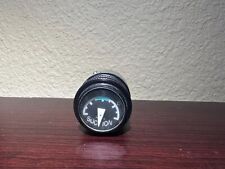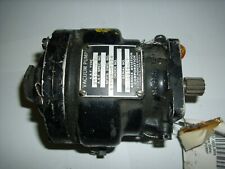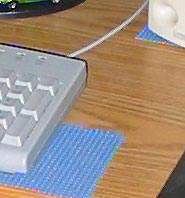 Late January, 2004
Late January, 2004
We’re back out to sea, and I found a few hours to break away from my job and install the Audigy 2 ZS card. Having done audio card replacements in the past, I have to say that this was the most painless installation of an audio card I have ever done. I started by uninstalling the onboard sound AC97 drivers and control panel via Window’s ADD/REMOVE programs function. Then I rebooted the PC, entering the BIOS to disable the AC97 codec. Theoretically this isn’t required since the mobo is supposed to prioritize the PCI sound card over the onboard sound, but I wanted to ensure there were no conflicts within the system. I then powered down and unplugged my PC, installed the sound card in PCI #2 (as per Asus’ recommendation in their mobo guide) and reassembled the PC. Upon powering up Windows saw the new card and asked me to provide the drivers via the Creative install CD. After getting the basic drivers installed I rebooted and installed the EAX, Audio Control panels and other bits and bobs. Everything seemed to be working good, I re-booted one more time, set up my volume and mixer controls, and I was ready to rock.
I brought my NASCAR buddy back to listen to the new card. The difference in sound quality is immediately noticeable and quite pleasing to the ears. The game sounded great! Almost like really being at the races. Best of all I could hear my tire noises quite clearly now, and that was a very good thing for immersion (and racing success). Although I had thought I’d see a frame rate improvement over the onboard sound, I didn’t. But the new sound card showed me just how important good sound quality is to the enjoyment of a high-end simulation.
In the coming weeks I hope to find the time to install some of my other game titles, which include IL-2 Forgotten Battles, Flight Simulator 2004, LOMAC and my favorite tactical simulation, Ghost Recon. Now, when I need to suspend my reality of living in a big, gray metal box, I can relax for a few hours and live the life of a NASCAR driver, or WW II fighter pilot, or A-10 driver (like Andy). And that’s a good thing to have going to counter the monotony of life on the ‘Boat.
Screenshots from the new gaming system.
Click on a thumbnail for the enlarged image.
The Hurricane skin is by Compans.
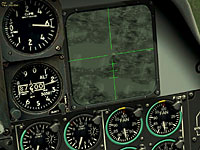 |
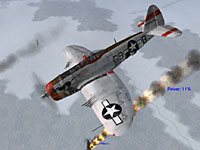 |
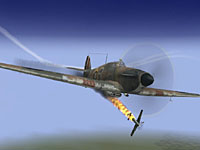 |
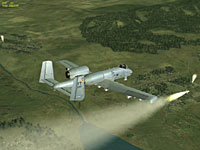 |
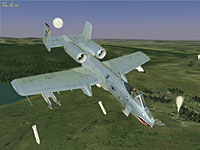 |
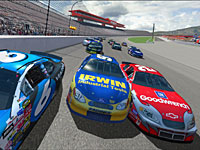 |
Based on my recent experiences in the realm of home PC assembly here are some of my Lessons Learned:
- Computer components die. And they don’t do it on a schedule. It just happens, even if you take meticulous care of your PC.
- The friends I have made in the online simulation community and computer hobby are great people and unselfish friends. I am lucky to have them and grateful for their time and assistance in helping me get smarter on this hobby. I can never say thanks enough for their stalwart support of me and patient tolerance of my computer ignorance, both when I am at sea and at home.
- No matter what you build or buy, a week later you’ll learn it’s outdated or obsolete. I am reading in this month’s issue of Maximum PC magazine about new mobos, new CPUs, the BTX chassis standard, DDR2 RAM and the death of AGP, all of which spell quick obsolescence for my 875P mobo and Corsair DDR RAM.
- Sound is very important to simulation’s immersion factor, and is a very underrated part of many gaming systems. While adding a top of the line Sound Card didn’t improve my home-built’s frame rate (by handling more sound processing on the card vice the mobo/CPU), it did improve the quality of my gaming experience.
- Graphics cards go obsolete very quickly. It irks me that you can pay $300 or more… much more… for a good graphics card, only to have it turn in a less than stellar performance on games that hit the streets a mere 8 months later. I thought my GeForce 4 Ti4400 was new enough to provide a quality visual picture on the new system. It had done a stellar job on my P3 933 rig. But on the 3 Gig system, it immediately became the bottleneck in my quest for immersive graphic quality. Not to mention that a few weeks on my wife’s Radeon 9800 equipped Dell had spoiled me to just how good a game can look with a state-of-the-art graphics card. This will definitely be my next upgrade component in the coming months — as soon as I can save my pennies for one!
- Building your own PC is really not that challenging. Although my wife’s Dell is a nice rig, I bought her a Dell for a simple reason: She’s a complete computer-phobe. I needed a system that was fairly bulletproof (her previous Dell P2 400MHz has lasted for 5 years and is still running, sort of), and one that had full warranty and tech support. For me, the more I build and tweak a PC, the more comfort I have in troubleshooting them and repairing them. It’s just a bit more costly to replace failed components (unless they die under warranty, which they never seem to do).
- One sub-standard component can seriously degrade your gaming quality. A great graphics card does you no good if your CPU is a generation or two old. And a state of the art mobo/CPU/Sound card combo will not make up for an out of date graphics card. You can tweak your way to a good picture, but a great picture is only there if the key components are all of the same vintage (mobo, RAM, CPU, graphics, sound).
- A quality PC simulation can help you forget your troubles of the day by forcing you to concentrate and immerse yourself into the challenge and reward of a good gaming experience.
Okay, that’s enough for now, it’s high time for me to get back to my real job. For this generation of my home-built PC, I will be adding the capability to conduct some of my office work on it. I’ve found that sometimes it’s easier to take care of the piles of staff “administrivia” paperwork from the seclusion and comfort of my stateroom, rather than in an office surrounded by a distracting cast of thousands. I’ll try to update this article in the summer— if and when I get a new graphics card. Until then I’ll be at sea, working hard… and perhaps doing a little gaming when time permits.
Download a pdf of this article here (634 kb).



